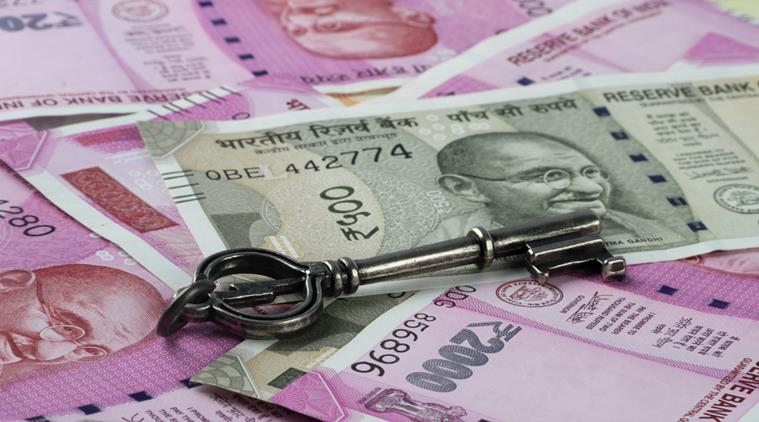The government has tacitly acknowledged that the economy faces a crisis. The ‘crisis managers’ met with the Prime Minister on September 14, 2018. The Governor of the Reserve Bank of India (RBI) was summoned to attend the late evening meeting. Two things were wrong about his attendance: the publicity surrounding the event and the post-meeting announcements. Why have a Governor (and whether his autonomy) if the government — and no less than the Finance Minister — will make the announcement on measures to boost the rupee?
Be that as it may, let me focus on the five measures to ‘boost the rupee’.
The objective of the five measures is to enhance the inflow of foreign currencies (up to USD 10 billion) to balance the outflow of foreign currencies and prevent the depreciation of the rupee. The catch is that foreign investments do not flow into or out of a country at the command or whim of the government of that country. They follow the command of their owners or managers who will make their own judgments about putting their money in a country.
Let me list the five measures and ask the question, will they work?
- Mandatory hedging conditions for infrastructure loans will be reviewed.
When a borrower borrows in foreign currency, he has to repay in that currency. Infrastructure loans are normally of longer tenures and the borrower does not know if, during that period, the rupee will appreciate or depreciate. So, he is advised to hedge. He will pay a small cost, but will gain if the rupee depreciated. I wonder which borrower will be foolhardy to borrow an infrastructure loan (of a long tenure) without hedging. If the rupee depreciated, will the government bear the exchange rate risk or will the RBI give the borrower dollars at the old exchange rate? Since nothing of that sort will happen, most borrowers of infrastructure loans will hedge.
- To permit manufacturing sector entities to avail of external commercial borrowings (ECB) up to USD 50 million with a minimum maturity of one year versus the earlier period of three years.
Loans of a size under USD 50 million and a tenure of one year are akin to bridge loans or working capital loans. Borrowers will resort to such loans only if they cannot access Indian banks or the Indian market. Neither limiting the size of the loan nor allowing a shorter minimum tenure will address the question of uncertainty in the economic environment. I doubt if a lot of money will come into the country through this window.
- Removal of exposure limits of 20 per cent of FPI’s corporate bond portfolio to a single corporate group, company and related entities, and 50 per cent of any issue of corporate bonds to be reviewed.
These limits were imposed by the RBI in April 2018 to prevent concentration of a company’s or a corporate group’s debt in the hands of a single Foreign Portfolio Investor (FPI). Removal of the limit may help AAA-rated companies to raise more debt from a known investor. However, it will have no impact on the perception of the lender about the country’s macroeconomic stability. Investors and analysts form their opinion on the basis of hard numbers — Fiscal Deficit, Current Account Deficit, central bank rate, bond yield, rate of inflation etc.
- Exemption from withholding tax for issuance of Masala Bond issues done in FY 2018-19 and removal of restrictions on Indian banks’ market-making in Masala Bonds including restrictions on underwriting of such bonds.
This is a purely temporary measure (valid until March 31, 2019) to support corporates in raising foreign loans denominated in Indian currency. If withholding tax is removed, the immediate return to the lender will be higher, but his tax liability, if any, will remain the same. It is, therefore, a small factor. In Masala Bonds, since the exchange rate risk is with the lender, the key factors are the comparative yield and the exchange rate. If those two factors are uncertain or problematic, no big change in the rate of inflows may be expected.
- Restrictions on import of non-essential items and encouragement of exports.
This is rich coming from a government that has achieved negative growth in merchandise exports in the last four years! The government no longer believes in free trade and has already taken several protectionist measures. Markets do not take kindly to such measures. Besides, promotion of exports is painstaking work, not an instant fix, and there will not be dramatic results in six months.
The rupee trade market is huge — about USD 60 billion daily in the on-shore market and an equal amount in the off-shore market. The markets’ response to the five measures of the government has ranged from lukewarm to negative. Since the day of the announcement and until Friday, September 21, there has been no recovery in the exchange rate or the bond yield.
External events — rising crude oil prices, the US Treasury rate and the looming trade wars — are impacting the Indian economy. The waters are quite muddied. The government is sticking to its budget estimates as if nothing has changed. It is unwilling to alter or calibrate its positions on the projected growth rate, government expenditure, NPA resolution, and tax enforcement. The government seems to believe that it can tide over the crisis by further muddying the muddied waters!
Courtesy Indian Express





